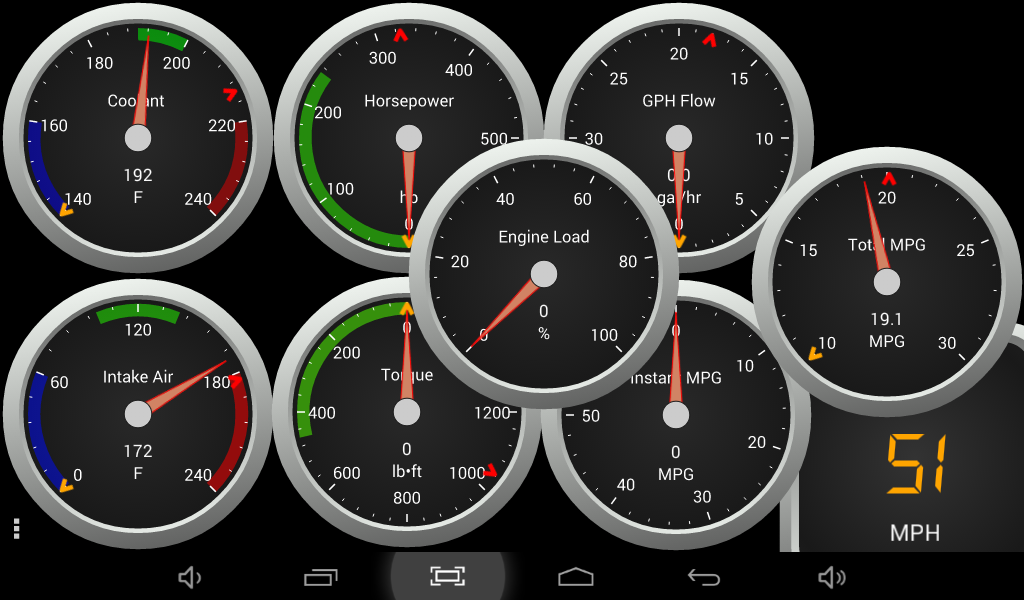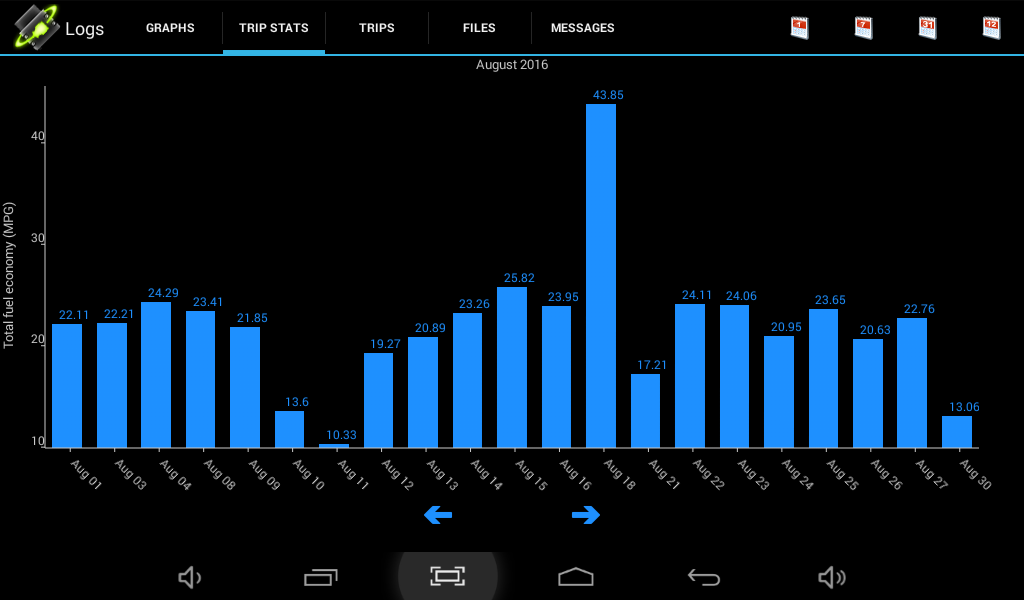Welcome To Mopar1973Man.Com LLC
We are privately owned, with access to a professional Diesel Mechanic, who can provide additional support for Dodge Ram Cummins Diesel vehicles. Many detailed information is FREE and available to read. However, in order to interact directly with our Diesel Mechanic, Michael, by phone, via zoom, or as the web-based option, Subscription Plans are offered that will enable these and other features. Go to the Subscription Page and Select a desired plan. At any time you wish to cancel the Subscription, click Subscription Page, select the 'Cancel' button, and it will be canceled. For your convenience, all subscriptions are on auto-renewal.
- Replies 93
- Views 15k
- Created
- Last Reply
Top Posters In This Topic
-
 JPhauler87 39 posts
JPhauler87 39 posts -
 AH64ID 35 posts
AH64ID 35 posts -
 Mopar1973Man 7 posts
Mopar1973Man 7 posts -
 dorkweed 6 posts
dorkweed 6 posts
Most Popular Posts
-
That right there is a big red flag for me! EGT's should never be cooler on stock than a tune with timing, or any tune, especially when towing (drag/sled pull tunes aside... but that's a di
-
Did a 300 mile round trip from CT to NH this weekend with the same load. Again, no flat terrain but none of the longer several mile hills like in NY and PA. Ran the Edge on 5 with lowest boost respons
-
First trip of the year this weekend. Called Smarty Resource last week and they reassured SW3 was a good choice for towing as long as my clutch was up to the task and I kept EGTs under 1200 sustained.
Featured Replies
Did This Forum Post Help You?
Show the author some love by liking their post!
Welcome To Mopar1973Man.Com LLC
We are privately owned, with access to a professional Diesel Mechanic, who can provide additional support for Dodge Ram Cummins Diesel vehicles. Many detailed information is FREE and available to read. However, in order to interact directly with our Diesel Mechanic, Michael, by phone, via zoom, or as the web-based option, Subscription Plans are offered that will enable these and other features. Go to the Subscription Page and Select a desired plan. At any time you wish to cancel the Subscription, click Subscription Page, select the 'Cancel' button, and it will be canceled. For your convenience, all subscriptions are on auto-renewal.




Hello all. Been lurking for a while, first post!
This truck is still new to me, trying to figure out what’s normal and what’s not.
2006 G56 4wd 3.73 DRW 163k
I have a little over 3000 miles on a long block with a Hamilton 178/208 with reman injectors I sourced from my local Bosch facility. While I’d prefer a Smarty Jr, truck came with a Juice with Attitude so I have been running that. All else is stock.
My normal trip and main use for this truck is hauling my 8.5x20 standard height bumper pull enclosed with my Jeep inside from CT to PA via interstates 84 and 81. Trailer is roughly 8500lb loaded up, so I am guessing I am somewhere between 16-17k lb gross, though I have not been to the scale.
The hills on this route are not what I would call extreme, but some are relatively steep and many drag on for 2-3 miles. With the stock tune but Edge boost fooling to 35lb, just about every hill would have my boost maxed out there with EGTs between 1200-1300*F with Edge reporting 100% load. On medium sized rolling hills this was enough to maintain 70mph, but not on the longer grades. Not much change between Edge settings between stock and 2, but 3 seemed to provide a noticeable bump. On 3, medium rolling hills were down to 25lb and 70% load, EGTs about the same but still losing speed on longer grades. When pulling grades losing speed, I noticed that boost and EGTs would reduce with rpm, I would max out around 30lb and 1150*F by the time I was down to 2000rpm, this differs from my 12v a few years ago that would fuel consistently no matter what, though I realize this is a different animal and may be normal operation.
70 mph puts me about 2300rpm. Both fill ups netted me 9mpg, which seems low to me. Daily driving seems to be about 15mpg. Towards the end of the trip I separated from my friends with lighter setups and slowing down to 65-70mph and the truck seems happier there, 70+ and it seemed it needed 15lb of boost just to maintain speed, though there is basically zero flat terrain on the entire trip.
Some things to note:
Not making or consuming oil
Light black haze pulling hard with Edge on 3, no other smoke
Rail pressure is 20kpsi full load at 2300rpm, idles at 7kpsi
Baldwin filter in stock canister, Donaldson 3mic/water sep on frame rail
I have slight shake in the truck most noticeable through the shifter between 1600 and 2000rpm, I can’t hear a miss in the engine or exhaust and all exhaust manifold ports laser thermometer’d within 10*F or so at idle and 1500rpm – balance issue somewhere?
Does this sound normal? Should I start poking around my truck or adjust my expectations? Or do I need to just slow down. With 325/610 stock, I figured 8500lb would be a breeze at 70. It does it, but it seems to be working.